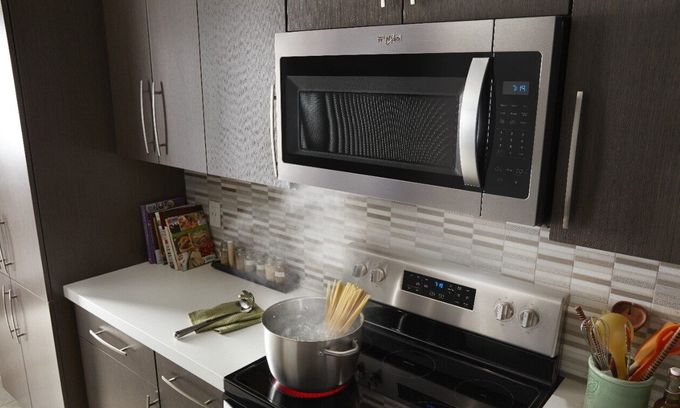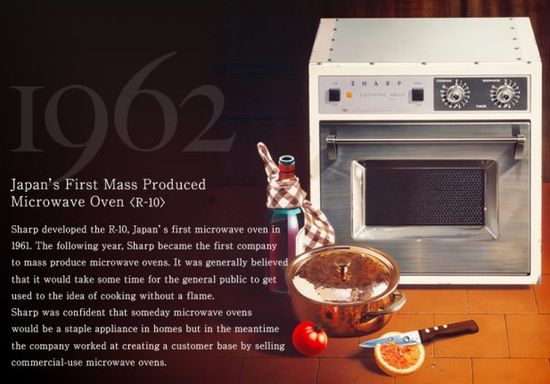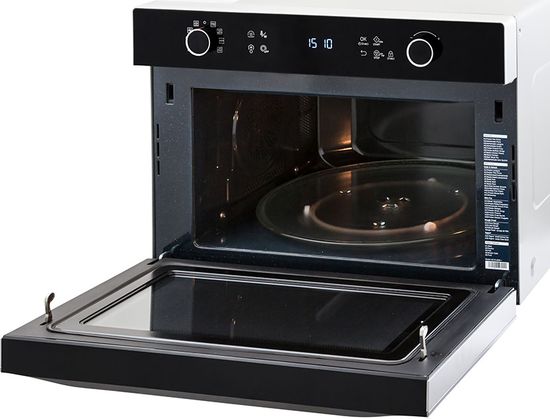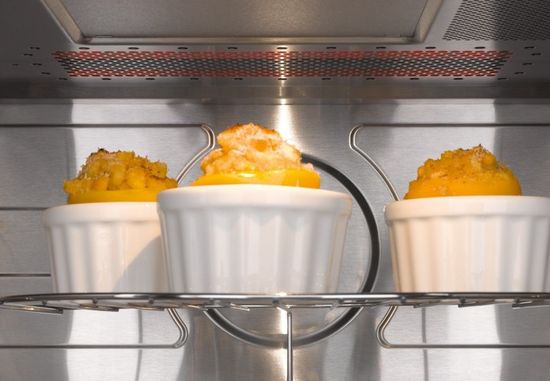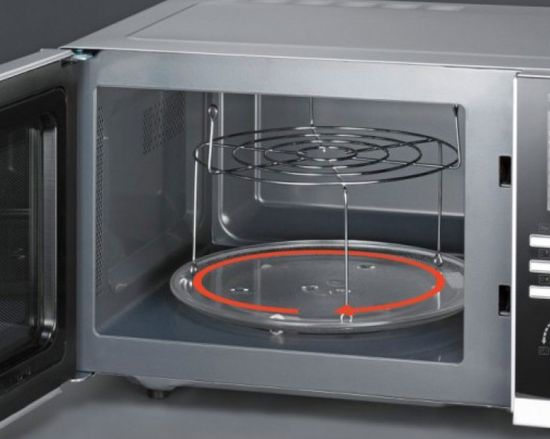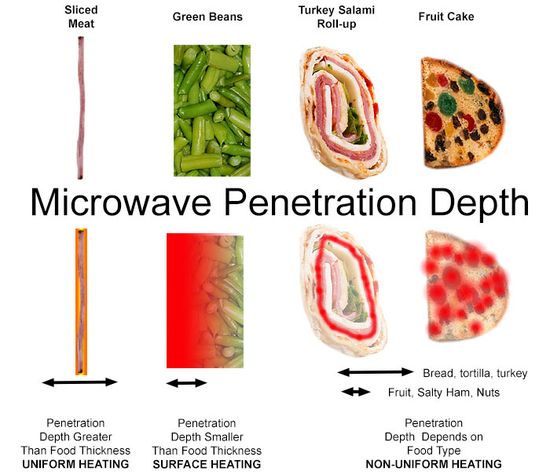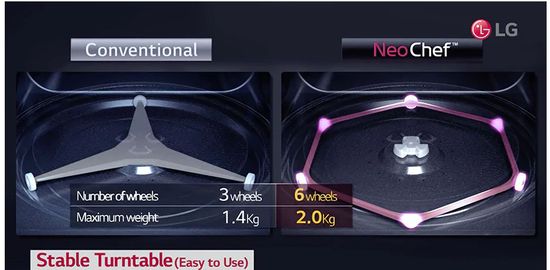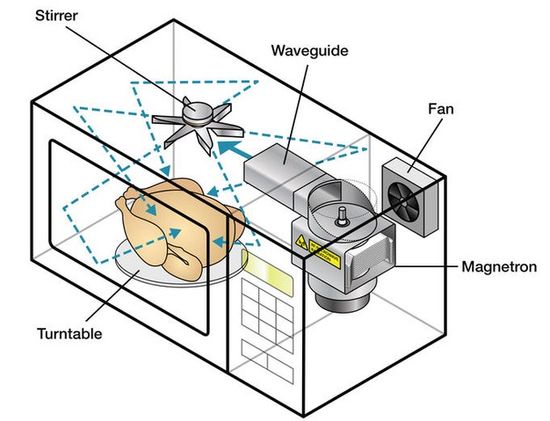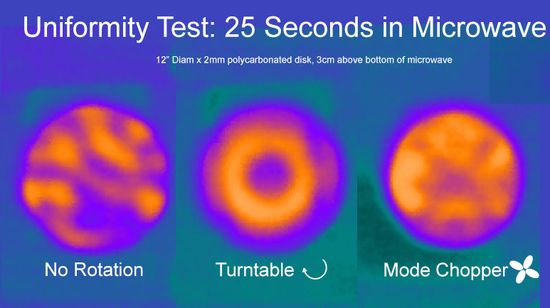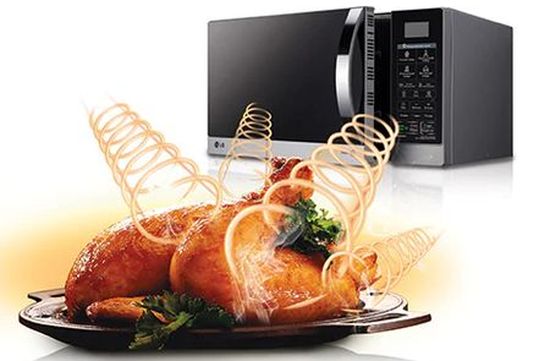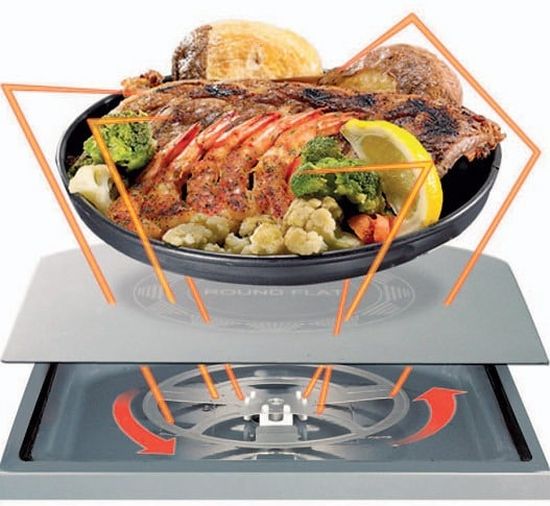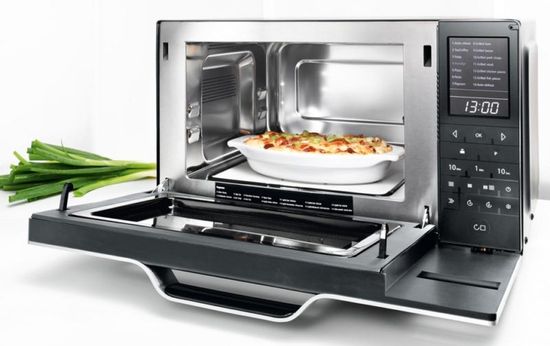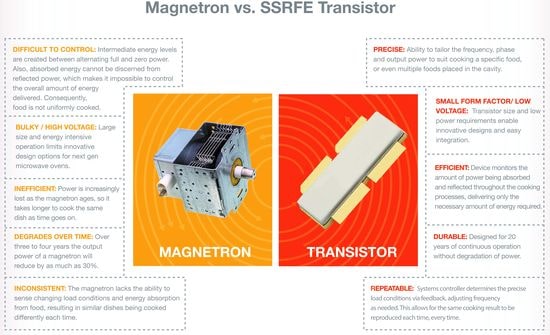As known, the first serial microwave oven was introduced by Japanese Sharp in 1962.
As usual, most consumers reacted incredulously to the new product. However, they had a good reason. Unfortunately, the first microwave overs provided very low quality cooking due to uneven heat treatment of foods. In fact, food received microwave waves only from the side of the magnetron antenna. Developed in 1966, a turntable radically reduced this problem.
This innovation significantly improved microwave cooking quality and, as a result, increased its popularity among consumers. Of course, companies adequately responded to huge demand, concentrating their efforts on its further improvement. The 1979 models already used an automatic control system. The first microwave oven with Internet access appeared in 1999. Today, this device is a mandatory attribute of almost any kitchen.
Classification
A huge range of models expands, but also complicates the choice of microwave. But it requires at least a simplified classification.
Functionally, today companies offer basic budget Solo models, microwave ovens with grill, convection, steam generator, or combinations thereof, and innovative inverter microwave with smooth power control. Solo typically support only cooking and heating modes.
Models with a grill provide the preparation of barbecue, chicken or pies with a delicious crispy crust. Usually, they use a tubular heaters or a quartz heating element. Tubular heaters can be placed anywhere in the chamber, it’s quite reliable and inexpensive. A quartz heater is more expensive and more powerful. It’s always mounted in the chamber top.
Convection reduces the cooking time, providing additional heat treatment due to the circulation of hot air. Typically, the fan is located on the back wall. In fact, the model with grill and convection replaces the stove with the oven, providing cooking from compote to barbecue.
Additionally, additional accessories significantly expand the functionality. For example, companies often equip their models with a multi-level grill for simultaneous preparation of 2-3 dishes, a pan for frying, which can replace a traditional frying pan, skewer or double boiler, etc.
The price of a microwave also significantly depends on the chamber coverage.
Today, companies use:
– stainless steel.
This inexpensive, reliable and hygienic material is not very convenient for care;
– enameled steel.
Its perfectly smooth surface is very easy to clean, but has a relatively short life, especially when used in grill mode;
– bioceramics.
Expensive, but the most high-quality coating, preserving the maximum of nutrients in the foods.
In addition, many companies additionally use an antibacterial coating.
Penetration depth
As known, high quality cooking requires uniform heat treatment and the choice of optimal power. Of course, microwave cooking is no exception.
Penetration depth of microwave waves significantly affects this process. Penetrating into food, waves lose most of the power in the upper layers. Typically, penetration depth varies in the range of several inches, depending on the food texture.
After that, the traditional thermal conductivity provides the further spread of the heat. Of course, penetration depth directly affects the choice of optimal power and cooking time for various dishes.
For example, microwaves penetrate inside of a green bean casserole only half an inch. Making hot cheese sandwiches is even more difficult. For example, the microwaves easily pass through the roll, but stop in the cheese, leaving the center cold. Of course, instructions and recipe books contain some tips. But overall, microwave cooking requires some experience or experimentation. However, warming up or cooking simple dishes, including cereals, soups, etc, does not have these problems.
The traditional microwave ovens control power by magnetron turning on / off. Unfortunately, this rather primitive adjustment often overdries the finished dish.
The microwave energy distribution
Technologically, the microwave waves generated by the magnetron are directed along the waveguide into the working chamber, and fall on the foods surface after several chaotic reflections from the walls. Accordingly, each of its points receives microwave energy simultaneously from several waves. As a result, the waves overlap each other, creating an interference effect.
Unfortunately, the phases of the waves may not coincide, partially compensating for each other’s power. But in addition to reducing energy efficiency, chaotic distribution reduces the cooking quality due to uneven heat treatment.
Therefore, companies are constantly improving the technology of microwave field forming inside the chamber, achieving its maximum uniformity. Today, its evolution contains several stages.
1. Turntable
This simple, but very effective solution appeared in the first models. Typically, an electric motor rotates it on three small wheels. Of course, companies are constantly improving this design. For example, modern LG models use hexagonal-shaped Turn-Stable with six wheels for increasing stability.
This innovation eliminates tipping over while heating, even when dishes are not in the center.
2. Stirrer
In addition, companies often use stirrer (rotating antenna) in the upper part of the microwave chamber.
Usually it’s a slowly rotating metal blade. Some companies use this technology instead of rotating turntable. According to research, this mode provides maximum efficiency.
But some companies, such as Miele, offer Duplomatic models with the simultaneous use of Turntable and stirrer.
3. Panasonic has developed 3D cyclonic wave technology.
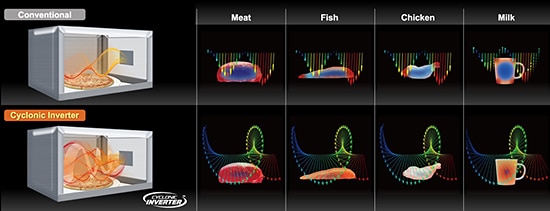
4. LG’s iWave (Intellowave) technology uses circularly polarized waves instead of plane-polarized.
Inverter control
The rapid development of inverter control technology has opened up new possibilities for developers of microwave ovens. Functionally, any inverter technology is an analogue of the gas pedal in a car, providing smooth adjustment of power. In recent years, companies have been actively offering inverter air conditioners, washers, refrigerators, etc. Microwaves are no exception. Panasonic and Siemens were the first to offer inverter models with smooth adjustment of magnetron power. But soon the LG NeoChef series joined the list.
Formally, this technology reduces temperature fluctuations. But, probably, only a very experienced chef will be able to use this pros. A 20% reduction in energy consumption due to the lack of a transformer is a more powerful argument. Unfortunately, an additional inverter control circuit increases their price. But lower power consumption and longer magnetron life compensate for this factor.
Inverter microwave oven without turntable
The triple distribution of microwave waves with two additional antennas has become the next evolution stage. Of course, the idea of a design without turntable has long attracted developers. But this design does not provide uniform heating due to the lateral arrangement of the magnetron, which can heat food only on one side. But FlatBed technology with a rotating magnetron in the bottom panel under the food has solved this problem.
Their pros include:
– this innovation reduced cooking and defrosting times by 13% and 12%, respectively;
– a more effective effect of microwave waves from below reduces energy consumption and cooking time;
– magnetron under the bottom panel is reliably protected from splashes of fat and reflected waves;
– effective free cooling does not require a fan;
– perfectly flat surface due to the lack of turntable greatly simplifies cleaning the camera after cooking;
– reducing the components reduces the likelihood of their failures, including the replacement of an electric motor, damaged wheels or broken tempered glass plate;
– a significant increase in chamber capacity.
Unfortunately, these models are more expensive.
Microwave Oven with SSRFE transistor
As known, all modern models use a magnetron as a source of microwave waves. But science does not stand still. But science does not stand still. In 2017, the RF Energy Alliance (RFEA) and MACOM (GaN-on-Si) announced a solid-state RF energy source, which could become its alternative.
According to the company, the technology provides “an unprecedented control range, even energy distribution, and fast adaption to changing load conditions.”
In particular, the MACOM’s GaN-on-Si 300W amplifier increases energy efficiency by no less than 80% at 2.45 GHz. In addition, unlike the magnetron, the service life of solid-state RF energy amplifiers can be up to 10 years.
Of course, today this technology is far from real implementation. But it may well become one of the possible directions for the further improvement of microwave ovens.
This video shows the prospects of Solid State Energy RF.
